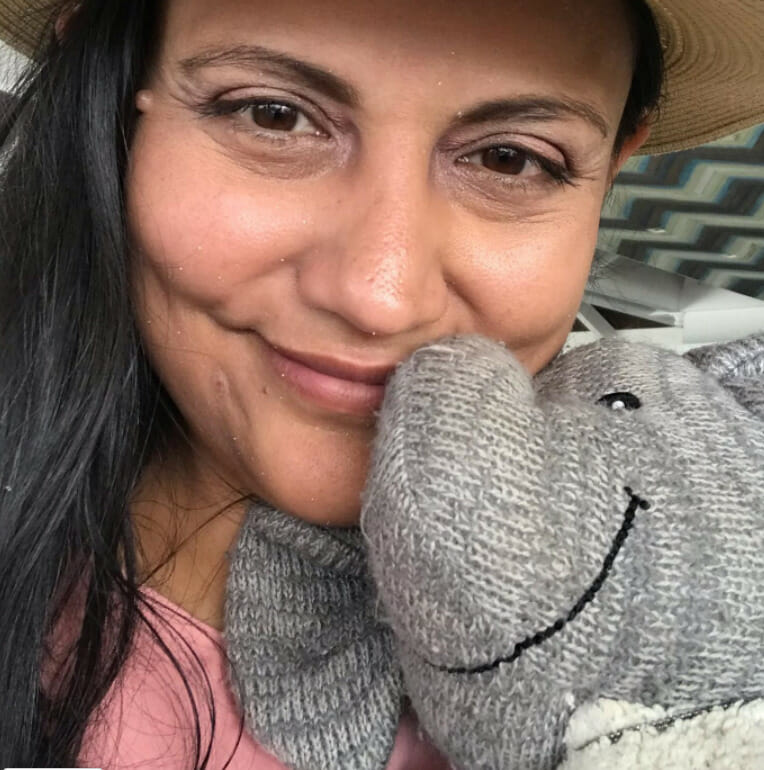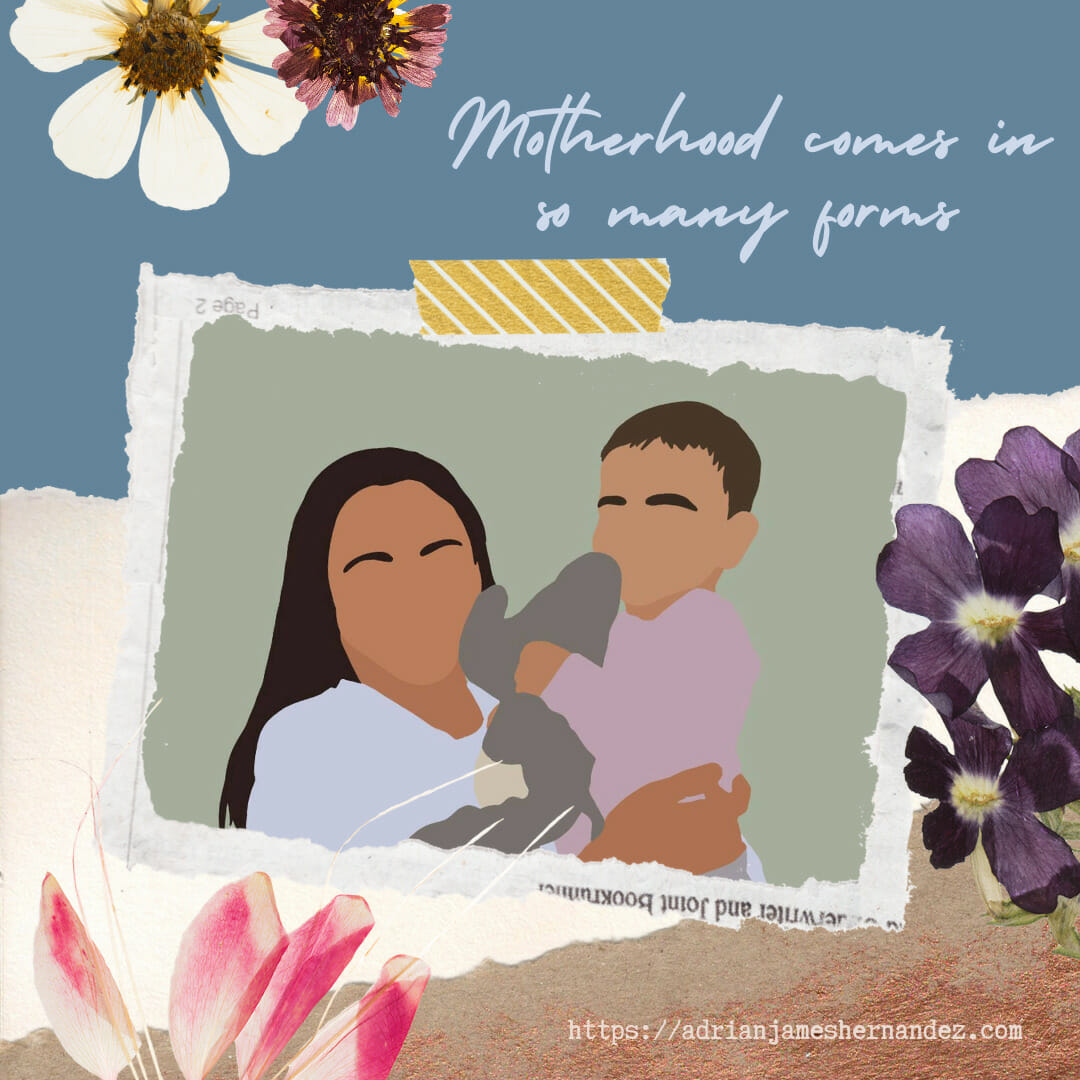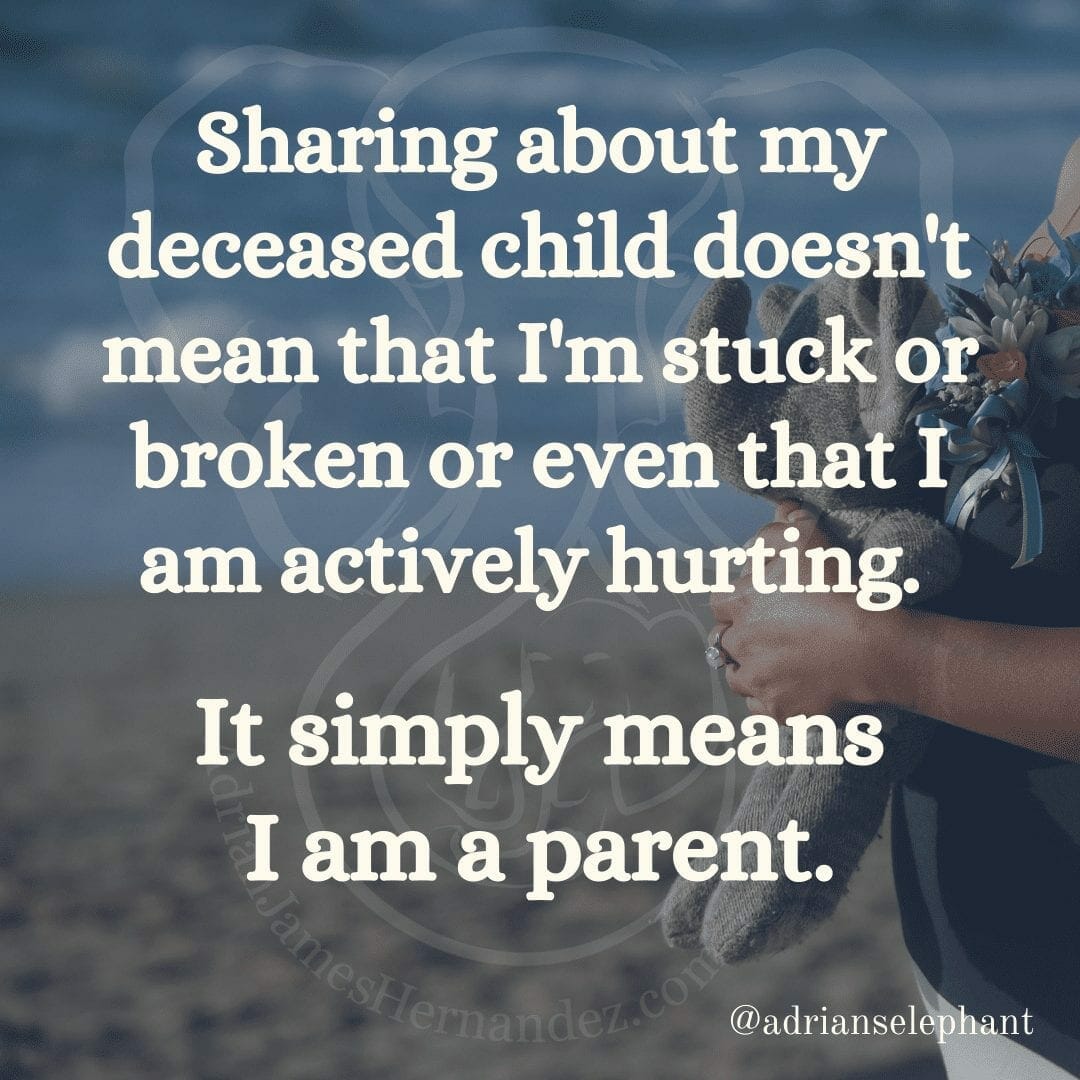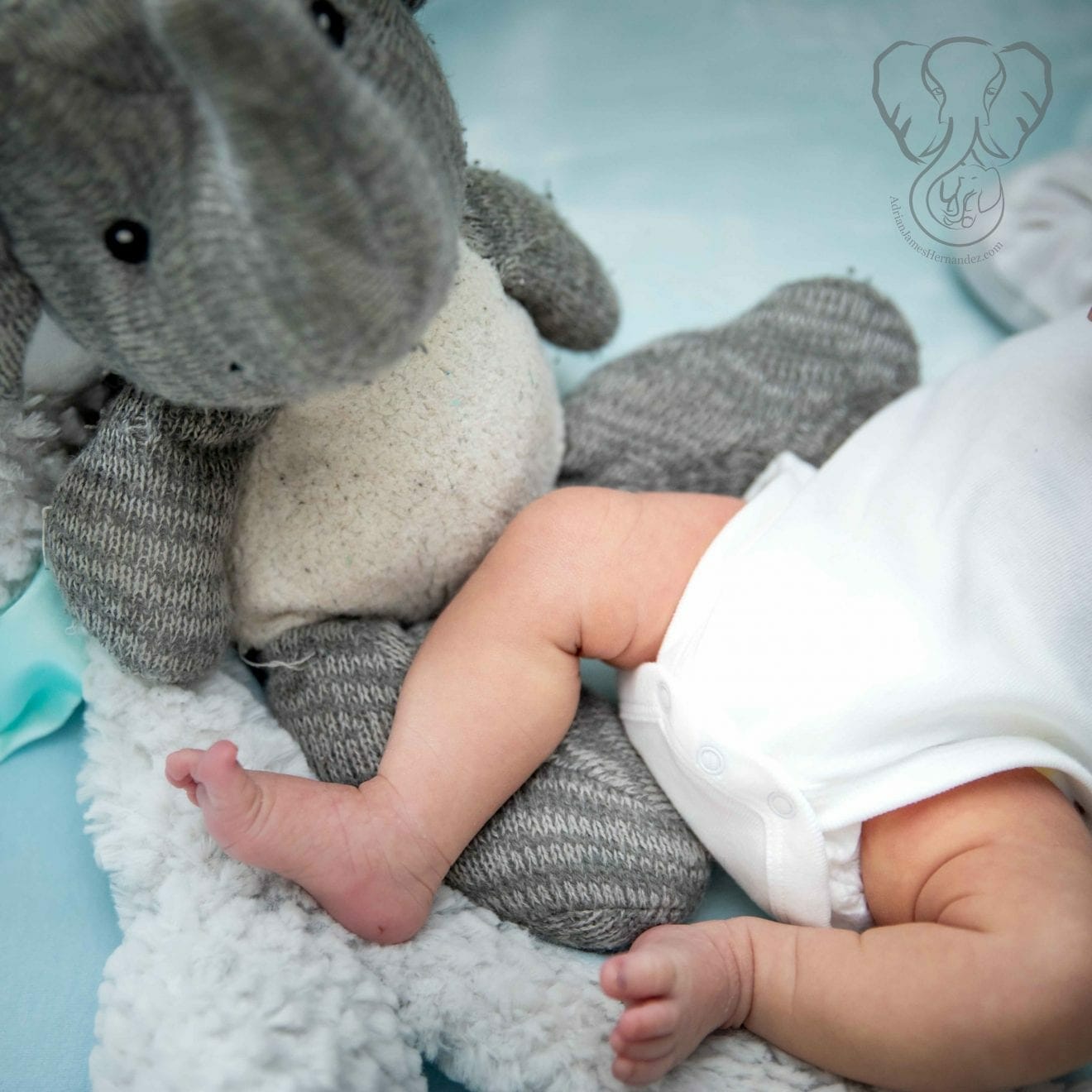A few months ago, I had a piece published in Scary Mommy, talking about why I chose to have photos taken of my dead child when he was born. And despite the work I put in on the piece, people still asked questions, and a handful of people still said it was gross. And as emotionally taxing as it can be to constantly defend my decisions and my child, I’m still thankful I did it. One of the reasons I am most thankful is because of the much larger number of readers and parents who said, “Yes! Me too.”
Death photography is nothing new. The Victorians did it. Sometimes, the photo of someone lying in death was the only one that existed; the only visual record of that person’s life. Of course, photography was a little more complicated in those days and comparatively more expensive. I still find it interesting that this was the moment most chosen to capture.
And from these roots, we have somehow gotten to a place in our society where death has now become taboo, and I don’t understand it. Aside from birth, death is the most common human experience. And yet, often when I speak of my son and the fact that he isn’t living, the most common reaction is that people turn away, like the subject is shameful. Like talking about my beautiful boy is somehow wrong. (It will never be wrong.)
But back to this subject, and speaking about death photography. Part of the reason I wrote my piece for Scary Mommy is because I had read a piece on their site years before, and I’m pretty sure it is the only reason I consented to having photos taken of my son. Because I don’t know if I would have had the presence of mind to think about it otherwise. I don’t know if it would have made sense to me, and part of the reason there is because it’s something we still don’t talk about. Not even very much inside of the photography community.
Did you know there are photographers who specialize in taking photos of deceased infants? Did you know they mostly perform these services for free? Do you know how incredibly thankful bereaved parents are to be given the opportunity to document the only time they will ever have with their child? The only period, generally less than 24 hours, in which they will try to pack in a lifetime of should-have-been memories?
I saw a post the other day, about a photographer getting ready to do a maternity shoot for a baby who is not expected to survive. And goodness, I am so thankful for my maternity photos with my son! I am so thankful to have had those hopeful moments documented. And if I had known, even then, that he was going to die, I would still have been thankful, precisely because these moments are so limited. I would have wanted to document every second possible.
And I write these words, today, because I was disappointed in the responses the photographer received on her post. I was disappointed in the advice to focus on the sadness, and to prompt downward gazes, and not to prompt hands on belly or to mention the coming baby. I was disappointed, because this advice seemed to imply that this photoshoot was only sad, and that was the only way to receive it. And I was especially disappointed, because I can only imagine that the fact that the family requested a photoshoot meant that they wanted some kind of beauty even in the midst of this tragedy. I can only imagine, but at the very minimum, I don’t think anyone should assume.
People are so uniquely different, and I’m not telling you to use my story as a guideline. I’m only one perspective, and others may and will feel differently. But I am asking you, as photographers–if someone comes to you with what you see as a terrible situation, please take a moment to ask questions and then listen to them. Because while death sucks in a way that still leaves me internally screaming, it’s only one piece of this greater thing called life. And if you listen to your clients, you may find that there is hope and joy and beauty alongside all the pain. You may find that there are things they need from you other than your sympathy. You may find that even inside the most terrible moments in someone’s world, they are also yearning for the beauty you would capture in any other story.
So please–just be open, ask questions, and listen. Please don’t limit people to somber faces or avoid the things you would say or do your other clients. Not unless they ask that of you, and you may be surprised by how few will do so. Because death does not have to be taboo. It really shouldn’t be. It’s just the other half of life.








































































































































































